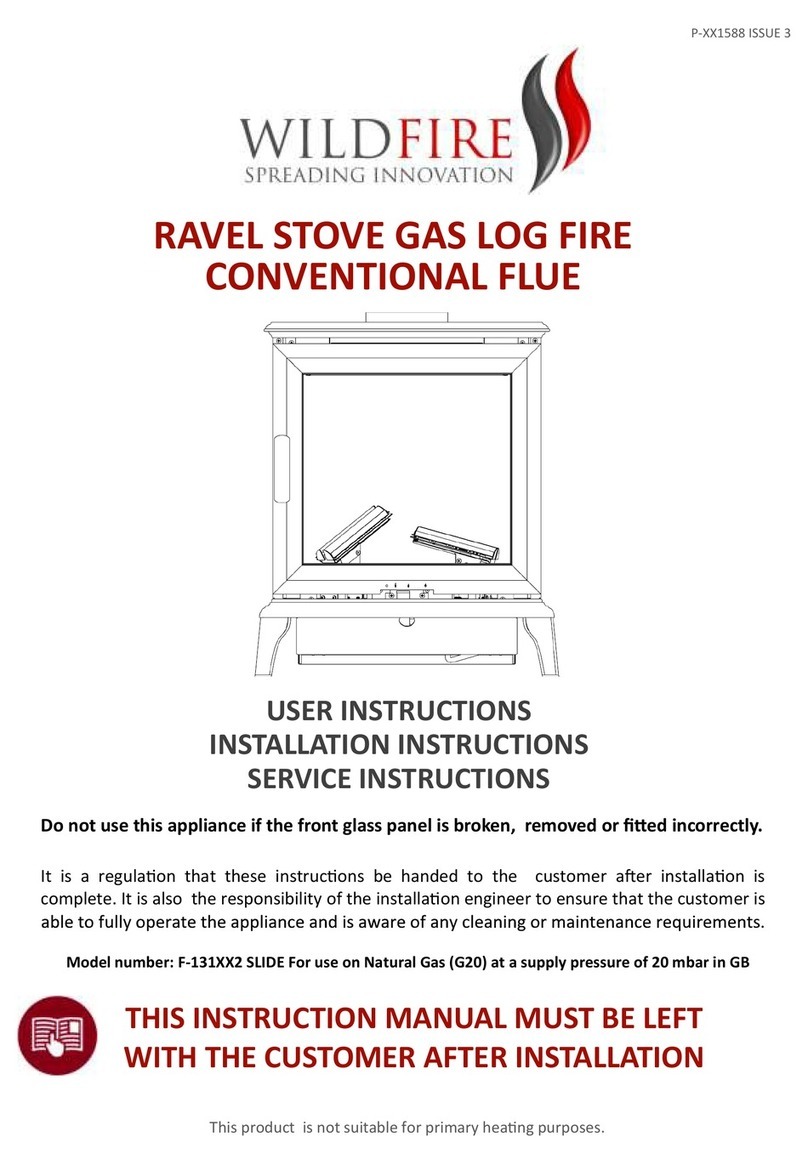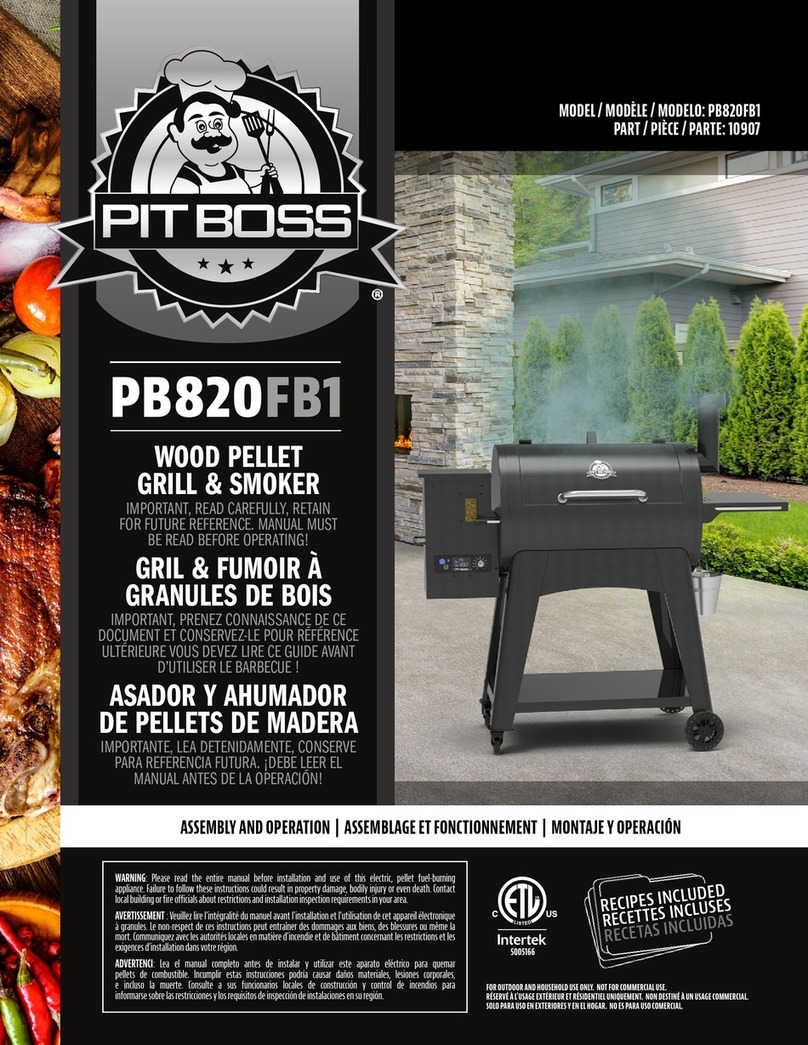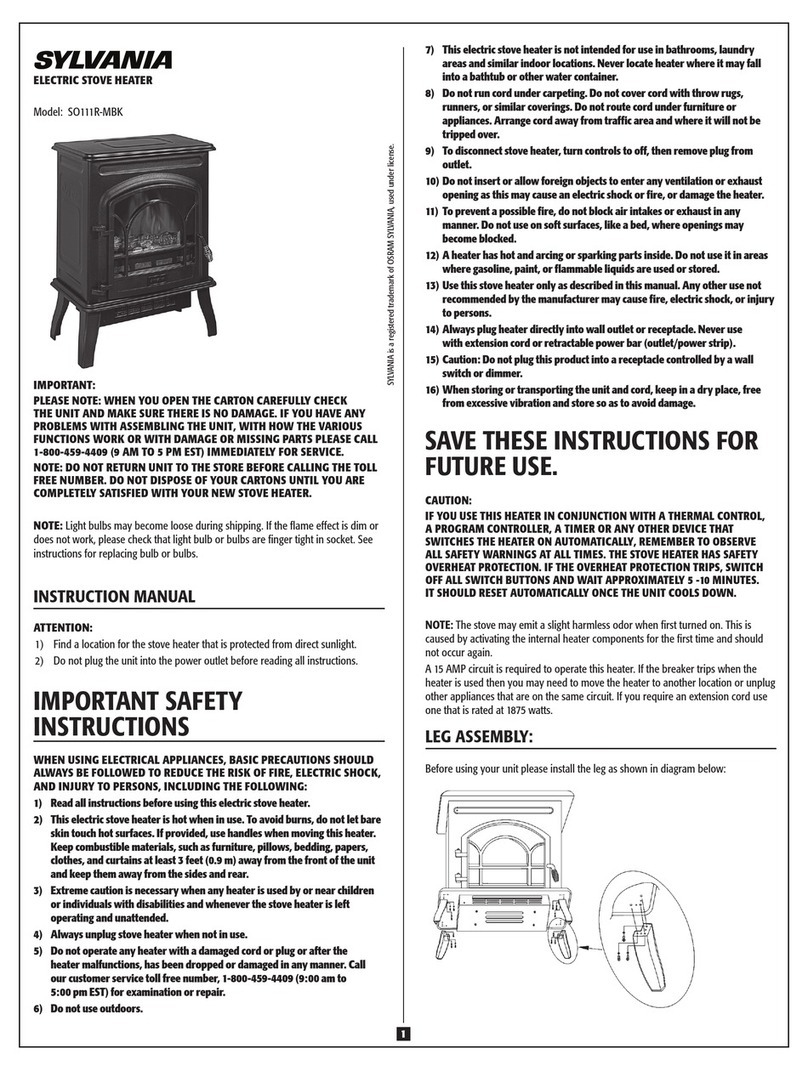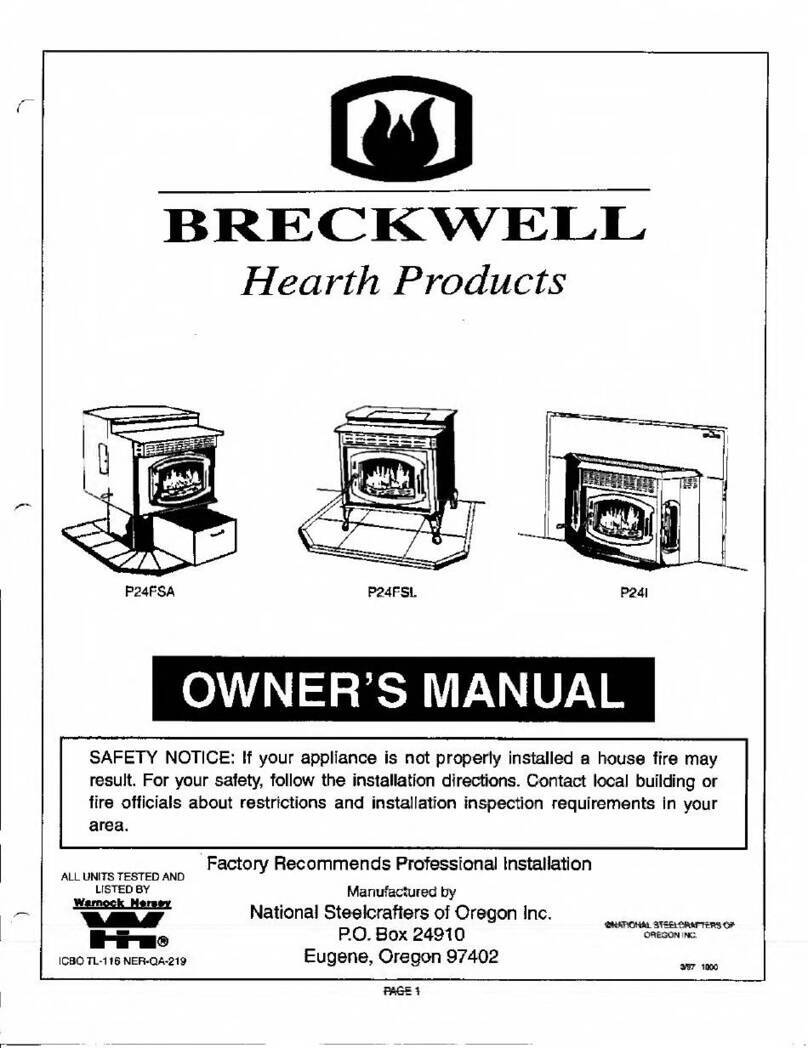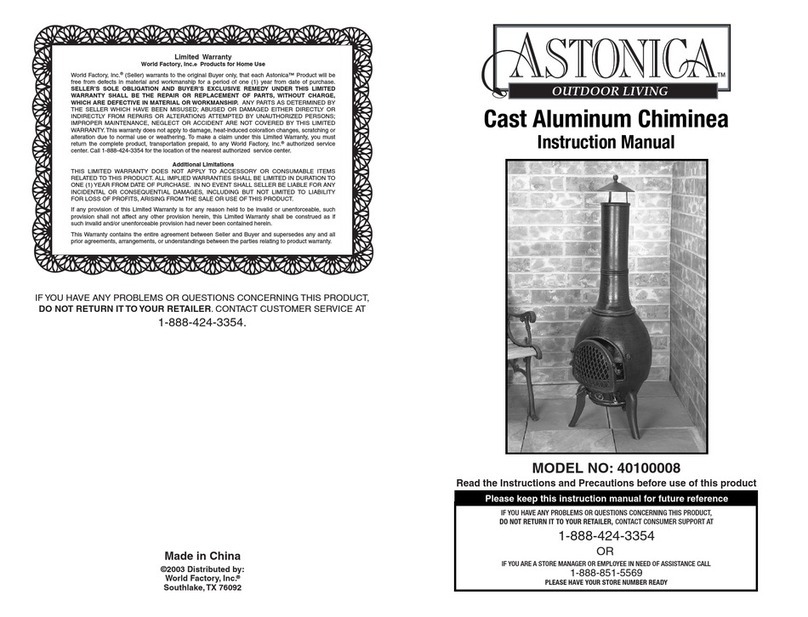
stinging e ect. I unable to ind denatured alcohol, you can use high-proo rum as a
substitute. In rum producing countries it may be the cheapest available alcohol. Another
source o alcohol is shellac thinner rom a paint or hardware store.
. If flame is low despite pumping, check iller cap and vent are closed. There may be a
leak at one o the three gaskets in the burner assembly. Try gently tightening burner to
reseal gaskets and, i needed, disassemble and insert new gasket above and below
preheat cup. Between tank and burner riser tube is a lead washer. I tightening does not
stop a leak here, insert a standard iber washer gasket on top lead washer and retighten.
6. A plugged nozzle (burner jet) requires you release pressure to extinguish lame, use
cleaning pick to clean nozzle, then pump stove and relight. I done within 20 seconds the
burner will remain hot enough that you can relight without preheating. I you wait longer
and allow the burner to cool, you must begin again by preheating with alcohol. To avoid a
sooty lare-up, i in doubt, shut down and preheat again. It is essential to use clean iltered
uel and clean the nozzle tip occasionally with cleaning pick. I burner still produces sooty,
erratic lame, it may be carbon plugged so replace with new burner and gaskets.
Rarely, the one-way pump valve in tank could ail, requiring a new tank.
7. Obviously, another cause o a non-existent lame is an empty tan . Allow stove to cool or
two minutes, re ill with kerosene and preheat again. Keeping tank at least ¼ ull will
prevent overheating which decreases the li e o the leather pump cup, gaskets and burner.
Removing the rubber cap rom supplied iller bottle may require pushing rather than
pulling rom end. Use the supplied screened unnel either when illing bottle or place in
tank iller hole. Check uel level by lashlight, or by cutting a narrow slip o paper and
dipping it into tank iller hole and noting uel level mark on the paper. A ull tank provides
4-5 hours cooking time. Mineral spirits can be used i kerosene is unavailable.
8. A dried-out leather pump cup can cause insu icient lame. I you eel little resistance
on pump handle, remove pump assembly and apply petroleum jelly to leather pump cup.
I this does not improve it, replace with a spare leather cup. Spares come with a wood
dowel and bolt to keep the cup spread open. Grip pump sha t with locking pliers, remove
nut and leather, unscrew brass cup assembly with pliers and screwdriver and reassemble
with new leather cup. You can resurrect the dried-out cup by soaking overnight in a cup o
vegetable oil with the wood dowel gently spreading open the end o the so tened cup. Take
care not to crack the leather. Spare leather cups can be covered in petroleum jelly and
stored on the dowel in a ziplock bag ready to reuse.
9. Always leave tan vent open when not using stove, otherwise temperature changes will
cause some kerosene to spill out burner nozzle tip onto preheat wick or bowl. In this
event, light preheat wick outside to burn o kerosene. I storing stove out o its gimbaled
bracket, empty kerosene rom the tank to prevent it leaking out the nozzle tip.
10. To change burners, use a wrench to hold burner riser tube while turning burner
counterclockwise using another wrench placed above preheat bowl. Replace iber gaskets
above and below preheat bowl. Carry at least one spare burner and gaskets.
11. The stove itsel is small so carrying a spare stove is recommended. I something
breaks, swap stoves and repair when convenient.
12. The stove can generate temporary cabin heat by placing an upturned clay lowerpot on
stovetop. Allow su icient ventilation or sa ety and to reduce condensation inside the boat.
13. An oven can be ashioned by placing a thick cast aluminum pot with lid on stovetop with a
baking dish inside on a mini cake-cooling rack. To retain more heat, wrap aluminum oil
over pot. Cornbread, tortillas, even pizza can be baked in a thick, covered rying pan.
Some recipes allow or baking in a pressure cooker.
14. The stove can be ta en ashore or used in cockpit i you provide a windbreak and a
board to set it on.
1 . Polish your brass stove tank with Brasso or rub with a mixture of 1 part salt to 20 parts white
vinegar mixed with flour to make a paste. Olive oil wiped on brass after polishing will retard
tarnish.
3

